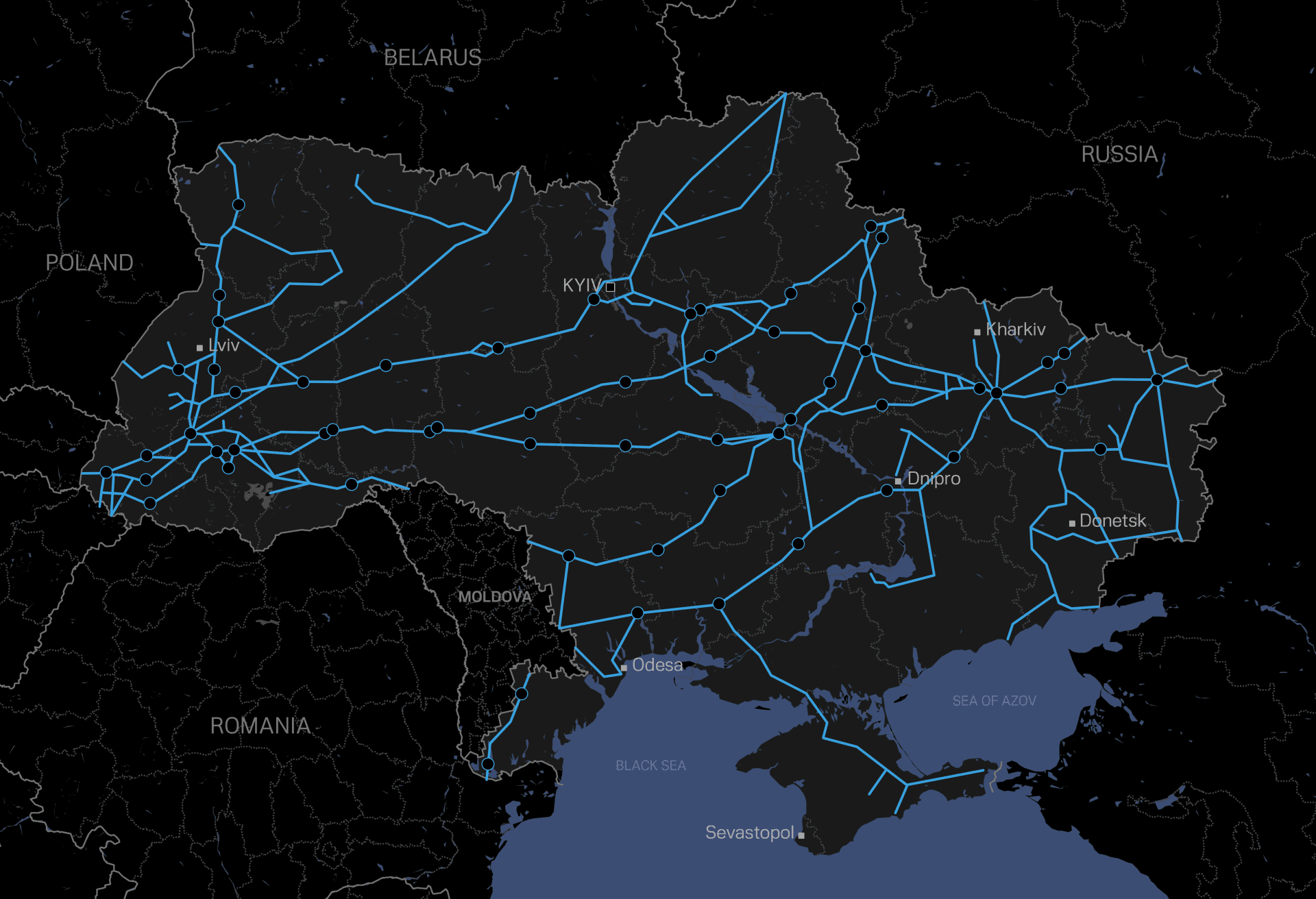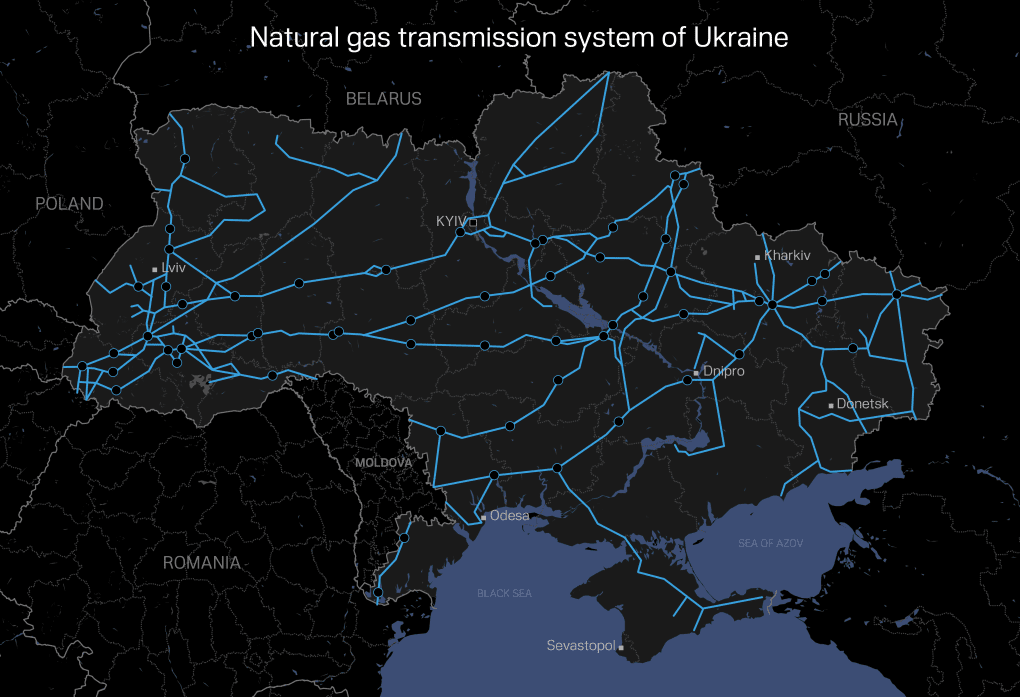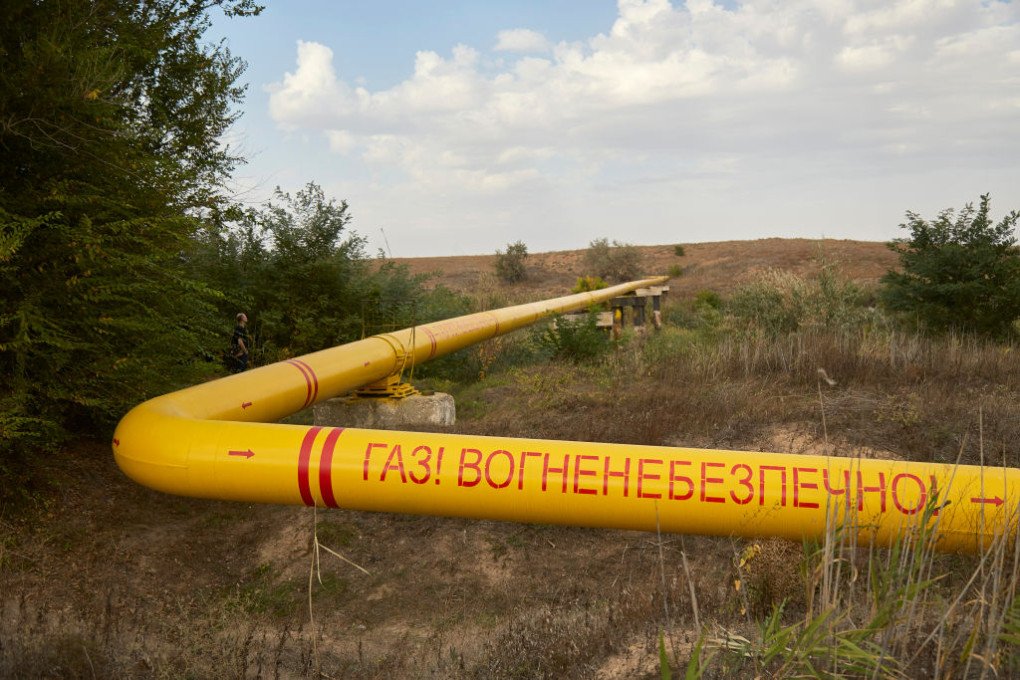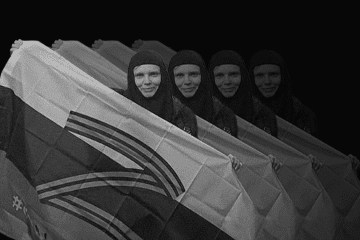- Category
- Anti-Fake
Fact Check: Gazprom Owns No Pipelines in Ukraine, Kyiv Controls the Entire Gas Network

The Russian state company Gazprom does not own any pipelines on the territory of Ukraine. All pipelines are exclusively state-owned by Ukraine and are 100% controlled by Kyiv.
After one of the rounds of negotiations between the American and Ukrainian sides regarding a minerals agreement, Reuters reported that the document also included an unusual "Easter egg." It mentioned that the “International Development Finance Corporation [would take] control of a natural gas pipeline from Russian energy giant Gazprom across Ukraine to Europe.”
Such a claim is incorrect. The fact is that the Russian national company Gazprom does not own any pipelines in Ukraine that could transport gas across the country or ensure transit from Russia through Ukraine to Europe. This system is known as the Gas Transmission System (GTS) and is entirely controlled by the Ukrainian state. Here's a brief explanation of what the GTS is and why there may be misconceptions about its ownership by Gazprom.
Ukraine's gas transmission system
The gas transmission system is the second-largest of its kind in Europe, with a total length of 37,000 kilometers. It's important to understand that it's not a single pipe running from the Russia–Ukraine border to the Ukraine–Europe border, but rather a comprehensive system of pipelines that crisscross the entire territory of Ukraine.

This pipeline system dates back to the 1920s. Its origins lie not in Moscow or Russia, but in Western Ukraine. It was there, in the town of Dashava in the Lviv region, that gas production began in the last century. In 1948, a pipeline was completed to Kyiv, and only in 1951—to Moscow. In other words, from the very beginning, Ukraine wasn’t transporting Russian gas but was supplying its own gas to Russia.
In the following 20 years, Ukraine discovered new gas fields and expanded its pipeline network, laying routes from extraction sites to major cities.
It wasn’t until the late 1960s that the first efforts were made to lay pipelines to European countries within the Soviet sphere of influence. Moscow aimed to maintain its socialist umbrella partly by building resource dependence.
By the mid-1980s, Ukraine and Russia had built an extensive network of transcontinental pipelines for supplying gas from Russian gas fields to European countries. Notable pipelines included Soyuz, Progress, and Urengoy–Pomary–Uzhhorod. At the same time, the southern route was also developed, with Ukraine serving as the transit point for gas to Moldova and Romania.
After the collapse of the Soviet Union, Ukraine retained its entire gas transmission system and continued to expand it. Around 7,000 kilometers were built during its independence.
Why might the Ukrainian GTS be mistakenly attributed to Gazprom?
Over time, as Ukraine's western gas fields were depleted and Russia continued to explore new fields on its territory, the flow of exports shifted from Ukraine supplying Moscow to Russia supplying Europe. Ukraine’s extensive pipeline network became the best route to deliver gas to European consumers.

The key point is that Ukraine's transit capacity effectively met all of Europe's needs:
The GTS is capable of transporting up to 146 billion cubic meters of gas per year.
At its peak, in the late 1990s and mid-2000s, up to 140 billion cubic meters of Russian gas passed through Ukraine.
Russian exports to Europe before the full-scale invasion amounted to just over 150 billion cubic meters.
Ukraine’s pipeline network became so crucial to Russia that in the early 2010s, the Kremlin made every effort to purchase Ukraine’s GTS to gain full control over this resource. However, the Ukrainian government managed to retain control, despite then-President Viktor Yanukovych being a pro-Russian politician—he eventually fled to Russia and remains in hiding there.
The largest client of Ukraine’s GTS was, in fact, the Russian state-owned company Gazprom. However, it does not own the network—not a single percent, not a single kilometer, not a single distribution station. The entire system is 100% owned by Kyiv, and Gazprom paid a market-based fee for gas transit.
Therefore, claiming that Gazprom owns gas pipelines in Ukraine is incorrect. The Gas Transmission System is fully owned by Ukraine.
-29a1a43aba23f9bb779a1ac8b98d2121.jpeg)

-46f6afa2f66d31ff3df8ea1a8f5524ec.jpg)
-8ddd9e24f95bb9d73d6d11d75f774999.png)
-283d77c1379d612e6f72cf1b6de7dacb.png)
